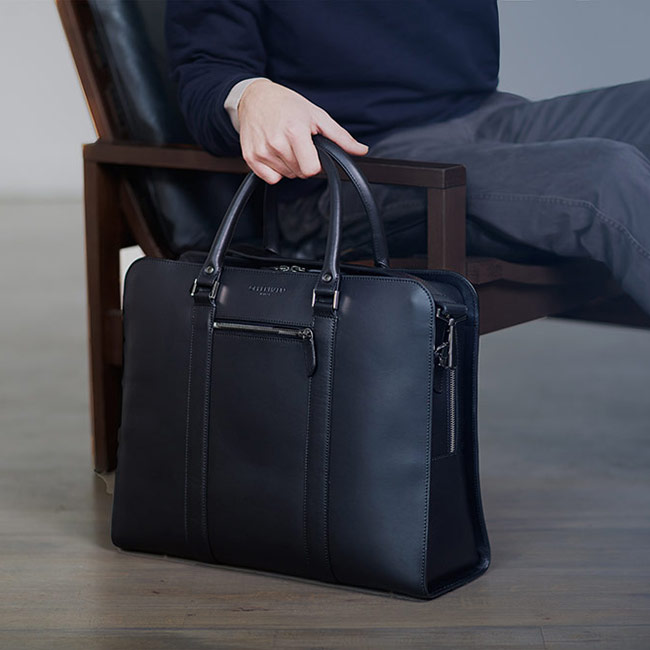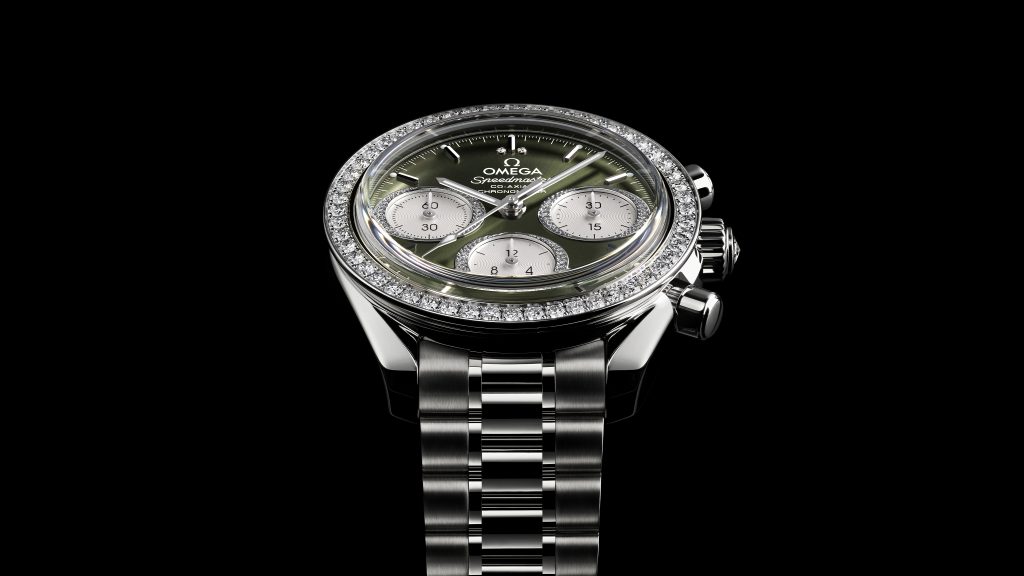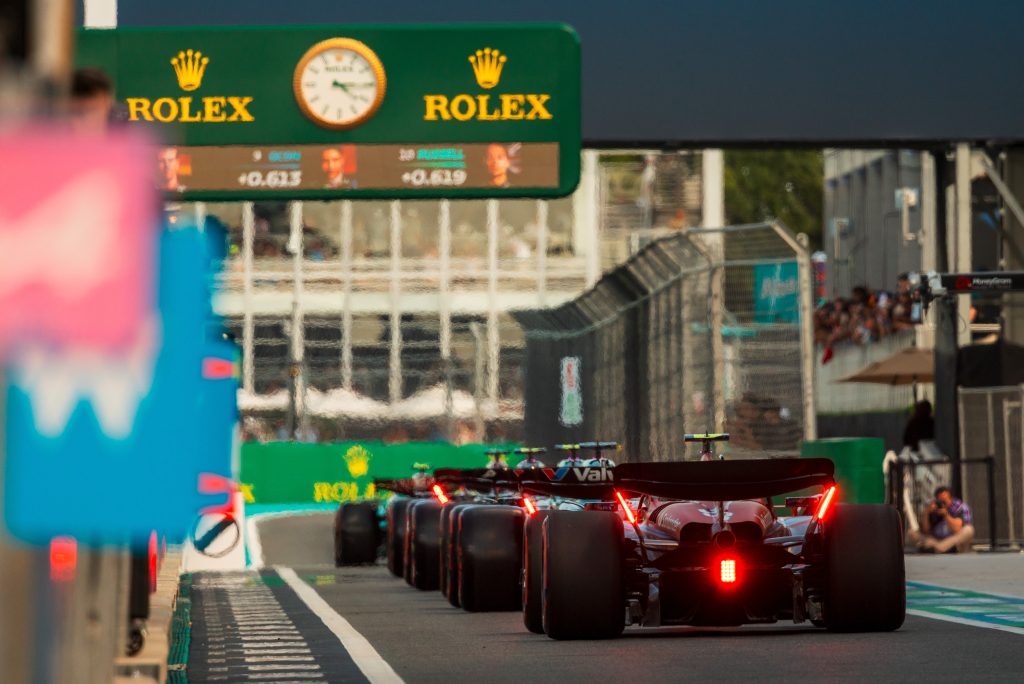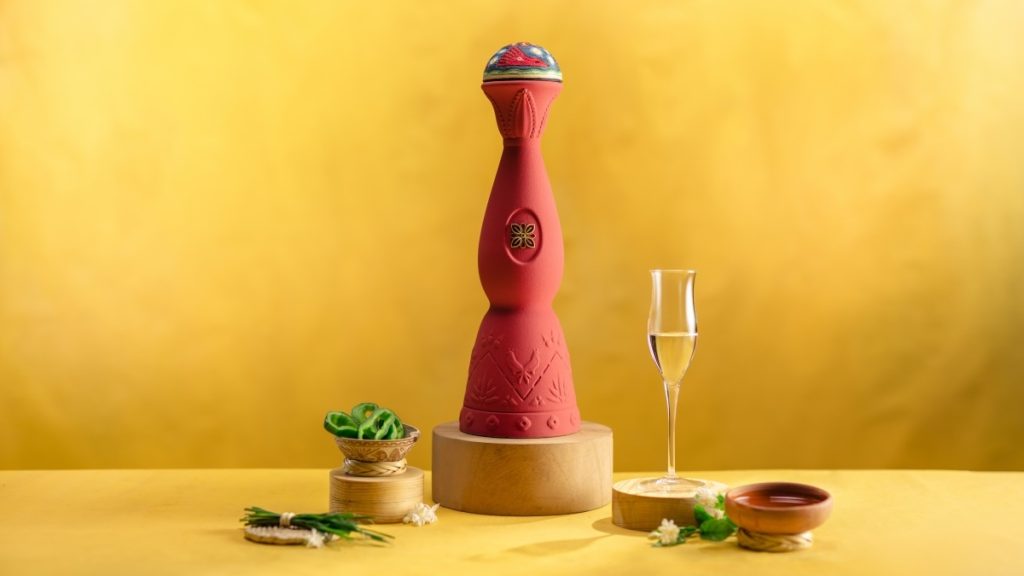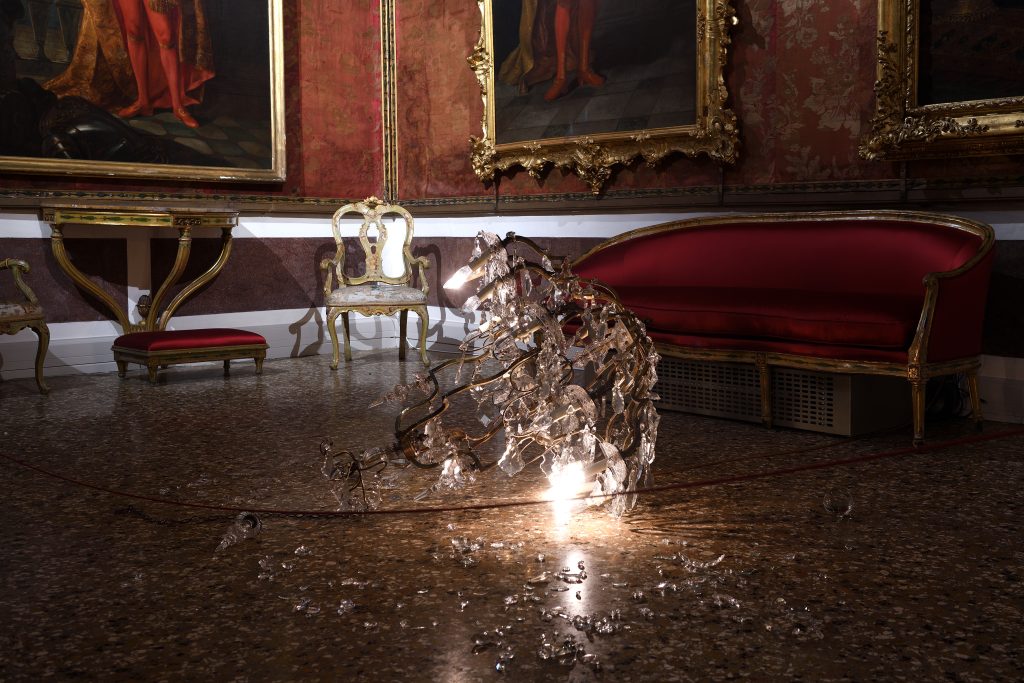The Last Spruce Tannery: Sweden’s Böle
Purveyors to the royal court and champions of doing things the old way for the right reasons
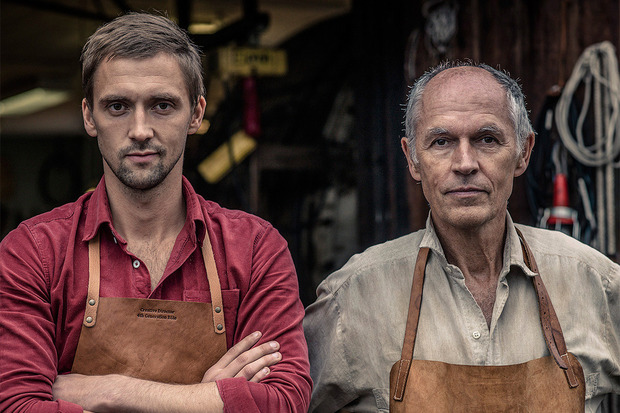
Despite a recent resurgence in craftsmanship, some of the old methods are simply dying out. Tanning leather is among the oldest crafts, with the first evidence of the profession dating back several thousand years. Today, the traditional European method of using tree bark—specifically the bark of the spruce—is all but lost. One tannery in the northern reaches of Sweden is carrying on the tradition of the past with exemplary results. Yes, the process of using simply bark and water (from the nearby Pite River) takes significantly longer than mass-production chemical method. However the distinction in quality is clear: a leather that is at once far more supple than its chemically cured peers, ages with more grace and holds almost no imperfections is what keeps the family behind Böle following their passion 115 years and four generations later.
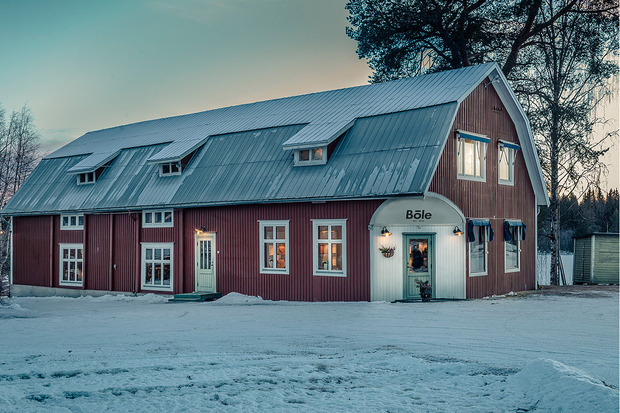
While discovering the recently launched online shopping destination Crest & Co, we met up with Anders Sandlund, a fourth generation leather tanner and Creative Director of Böle. With an unyielding quest for sustainability and quality, Sandlund is bringing Böle to the world (the brand has acted as purveyors to the Swedish Crown for decades). With reindeer hides sourced locally, tree bark collected from the local lumbering industry, water from the Pite River and countless hours of saddlery experience, the brand is producing some of the most considered leather goods in the world.
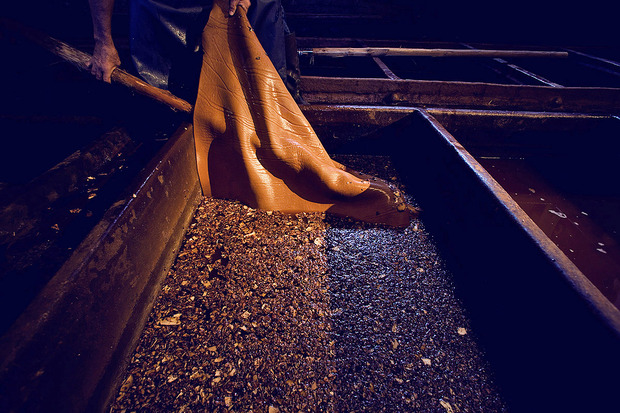
How is tanning with tree bark different that contemporary methods?
If you use the bark itself without making it to extract (like in modern tanning) you have to use a very slow and long process. Tanning by bark has to be made in pits. The bark has a low concentration of tannin which affects the tanning time. You have to start with low concentration and slowly increase the strength of the tanning liquor. This way to tan will take ten to 12 months and will give a better fixation of the tannin to the fibers in the hide. In this way you get a leather which has a better “fullness” and body and strength. If you want a smooth grain in the leather, the pit-tanning also gives a superior result compared to the modern tanning in drums.
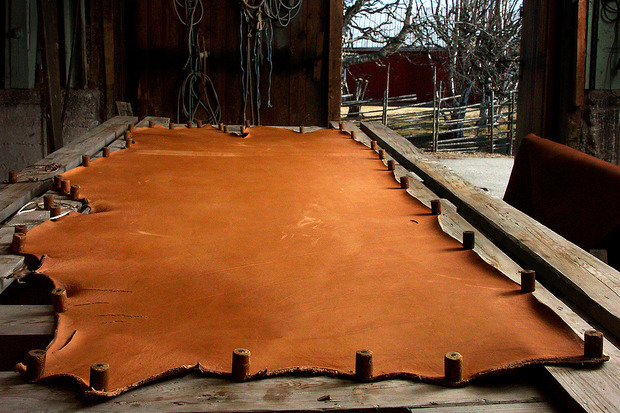
In our case, using spruce bark, a unique quality is the beautiful natural color rendered by the bark itself; truly a natural color. In modern tanning, the color is mostly dyed in different natural tones. In modern vegetable tanning, the tanning process takes about four to five days, this quick penetration and fixation of the tannin in the leather is possible by using synthetic pre-tanning ingredients. This will however not give the same quality and fullness, body and strength as the 10 to 12 months in the pits.
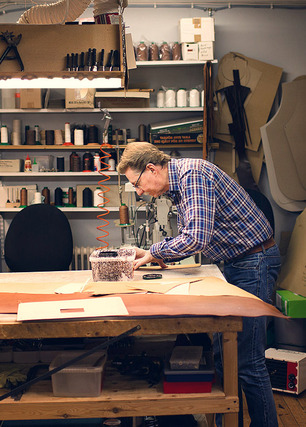
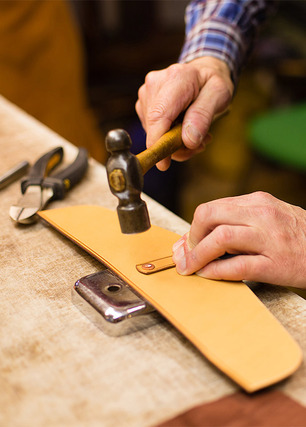
Can you tell us a bit about the historical traditions of the tannery?
There were at least 10 spruce bark tanneries in our region around 100 years ago. The northern Gulf of Bothnia was a rich delta with a lot of cattle, with a demand for everyday objects such as harnesses, shoes, gloves, etc. One of the main products to make leather for was the beak boot. During the mid-century it came to an end since production was rationalized; demand for the beak boot turned. My grandfather Assar took over the tannery in 1949—it was a hard time but he insisted on keeping the traditions intact. From there he found new ways to survive and furthermore to develop the company.
What role does the Swedish landscape play in Böle’s identity?
The landscape of Northern Bothnia and what it contains plays a vital part for us. We use the cattle from our land, the spruce bark from the forest, water from the Pite River and the birch tree for both our boxes and rails. Moreover you can find that identity in our products, from the rucksacks to bags. Historically we made items to last and withstand a tough climate; today we sell around the world but still, the quality perspective is there of making items that will last. Finally, this part of the world grows a certain kind of people; in the winter it’s totally dark, summertime light around the clock. Things go slow here, we don’t rush. I think that’s manifested in our products and company.
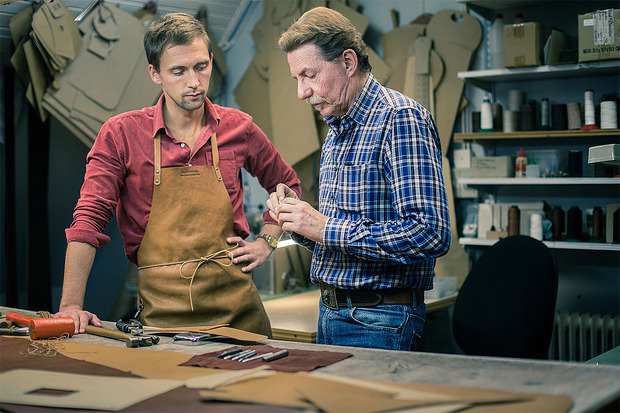
Clearly your quality is in a world of its own. Do you develop close relationships with your customers?
I would like to think that we do. Not “as a part of the strategy,” but it more happens due to that we are proud of what we do and think it’s important that our customers feel the same. We are putting a lot of time and effort into making our products, so we like to see them come back and [tell us] what he/she thinks. For many of them, a briefcase or a rucksack will become a lifelong companion and I think that that is a keyword for us: lifelong relation. We have had many visits during the years from customers from all over the world, which is the most satisfying moment—to show them around our premises, the people and culture of Northern Bothnia.
Check out the slideshow for a look at Böle’s timeless leather goods. Böle’s products are available to US shoppers exclusively through Crest & Co; international customers can browse the tannery’s online store.
Images courtesy of Böle









